Market Share
Cold Vulcanizing Adhesive Market Share Analysis
In the competitive landscape of the Cold Vulcanizing Adhesive market, companies employ diverse strategies to establish and fortify their market share positioning. A pivotal strategy is differentiation, where companies aim to distinguish their cold vulcanizing adhesives from competitors by offering unique features, formulations, or applications. This might include innovations in adhesive technology for enhanced bonding strength, compatibility with specific materials, or quick-curing formulations. Through differentiation, companies attract customers seeking specific attributes, enabling them to secure a distinctive market share within the Cold Vulcanizing Adhesive industry.
Cost leadership is another prevalent strategy in this market, where companies strive to become the low-cost providers of Cold Vulcanizing Adhesives. This involves optimizing manufacturing processes, sourcing raw materials efficiently, and managing the supply chain to offer competitive prices. Cost leadership is effective in appealing to cost-conscious buyers, particularly in industries where conveyor belt repair or splicing is a routine maintenance activity. However, maintaining high-quality standards and ensuring the adhesives meet industry specifications is crucial to ensure customer satisfaction and loyalty in this cost-driven strategy.
Market segmentation is widely adopted in the Cold Vulcanizing Adhesive industry. Companies analyze the diverse needs of their customer base and create specialized adhesives tailored for specific market segments. For instance, they might develop adhesives suitable for repairing conveyor belts in mining, manufacturing, or food processing industries. By addressing the unique requirements of each segment, companies can establish a robust presence within different markets, contributing to an overall enhanced market share.
Strategic partnerships and collaborations play a vital role in the Cold Vulcanizing Adhesive market. Companies often form alliances with conveyor belt manufacturers, maintenance service providers, or distributors to strengthen their supply chain, enhance product quality, and expand market reach. Collaborative efforts can lead to shared resources, access to new technologies, and entry into new geographic markets. Through strategic partnerships, companies can navigate industry challenges more effectively, ultimately contributing to a more secure market share position.
Innovation stands as a cornerstone strategy in the Cold Vulcanizing Adhesive market, driven by the continual pursuit of improved performance, versatility, and environmental sustainability. Companies invest in research and development to introduce formulations that offer quick curing, resistance to harsh environments, or compliance with environmental regulations. Innovations in packaging, such as user-friendly applicators or packaging designs that minimize waste, also cater to evolving customer preferences and industry trends. By staying at the forefront of innovation, companies not only attract environmentally conscious buyers but also position themselves as leaders in the Cold Vulcanizing Adhesive market, securing a significant market share.
Customer-centric strategies are gaining prominence as companies recognize the importance of providing exceptional customer experiences. This involves offering technical support, on-site training programs, and responsive customer service. Exceptional customer service contributes to satisfaction and loyalty, encouraging businesses to choose a particular brand for their cold vulcanizing adhesive needs. By focusing on building strong relationships with customers, companies can solidify their market share and maintain a competitive edge in the Cold Vulcanizing Adhesive market.


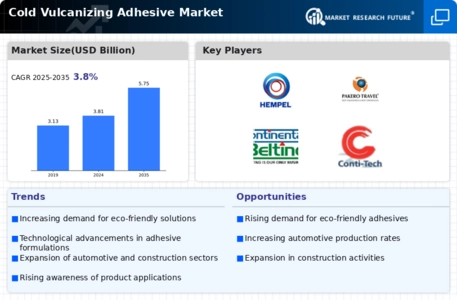
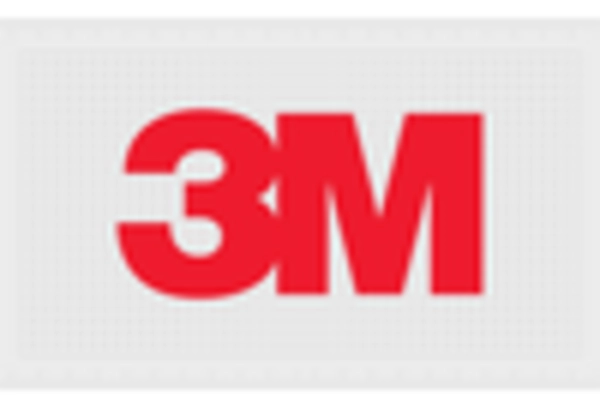
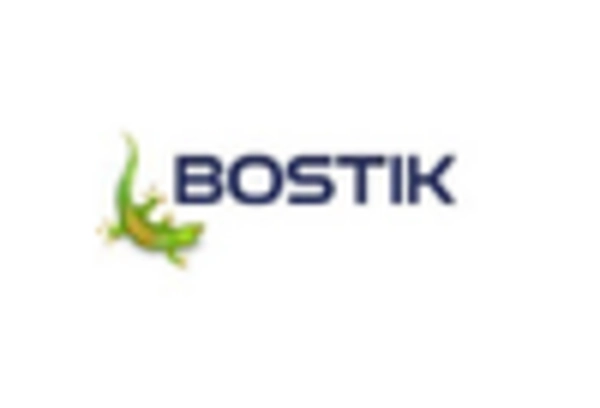
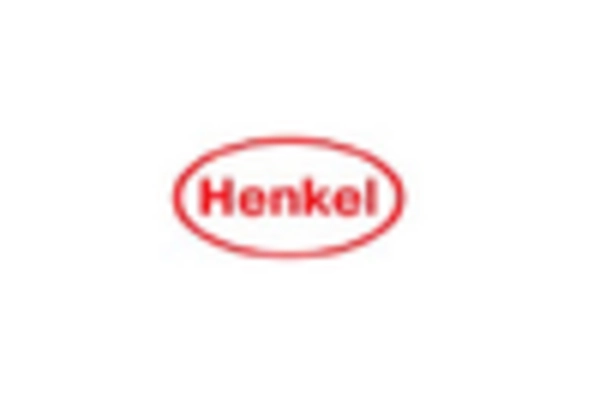
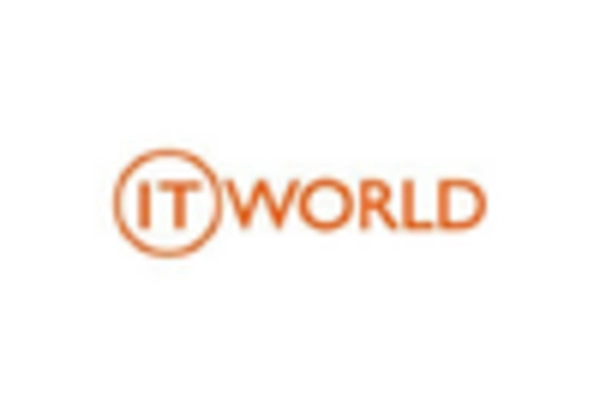
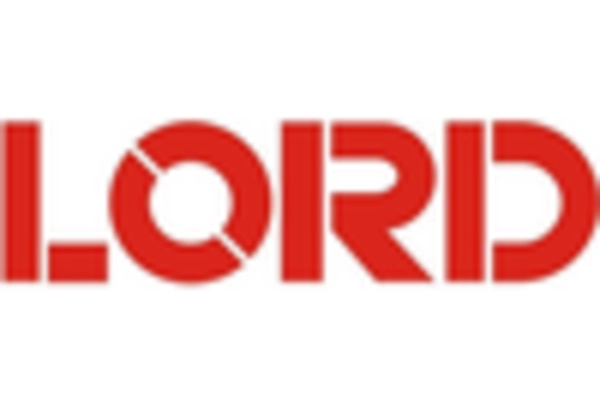










Leave a Comment